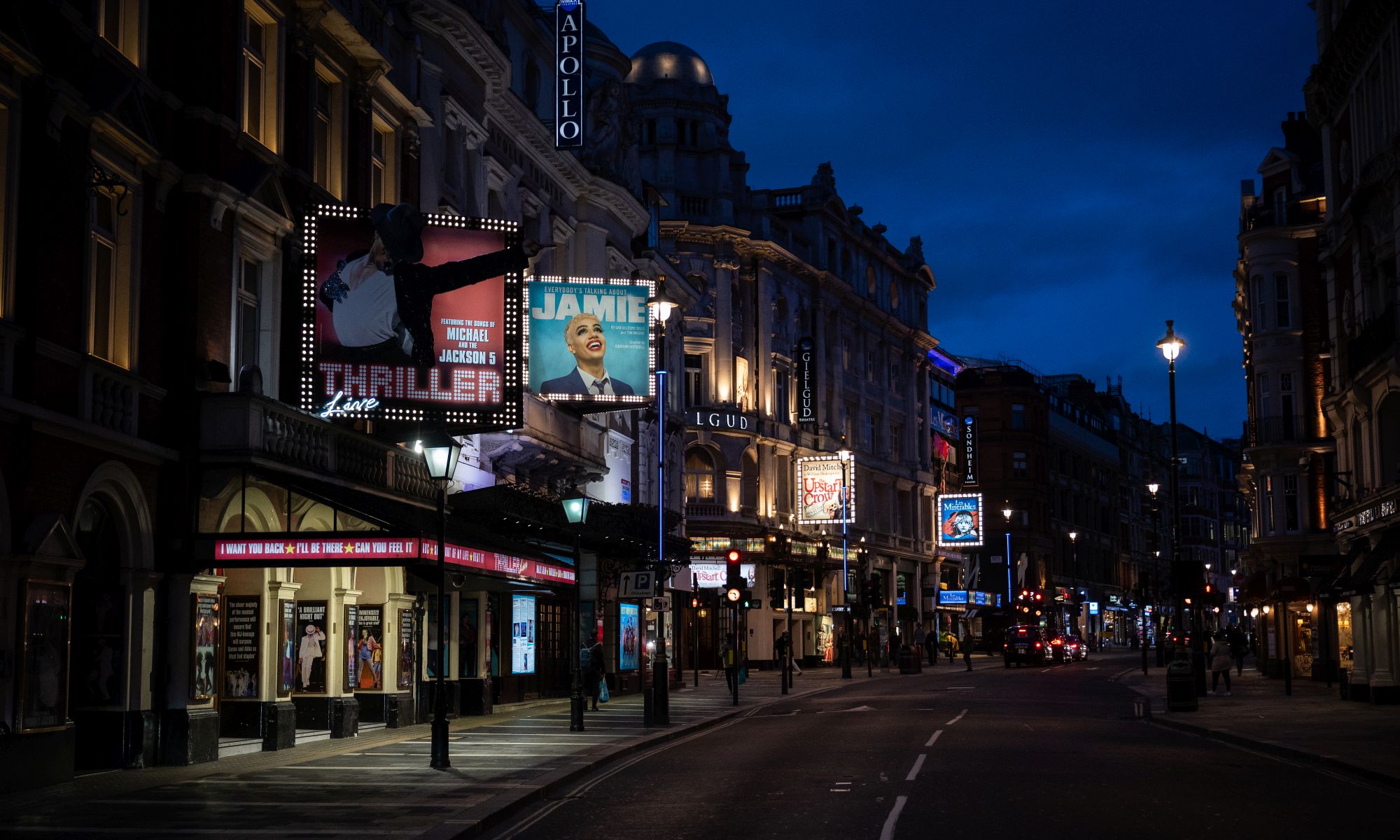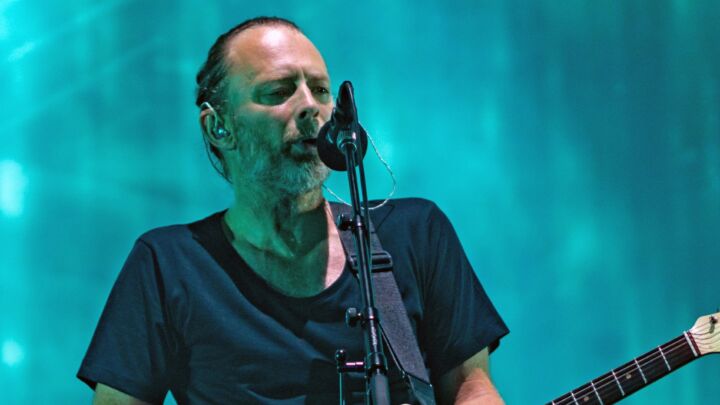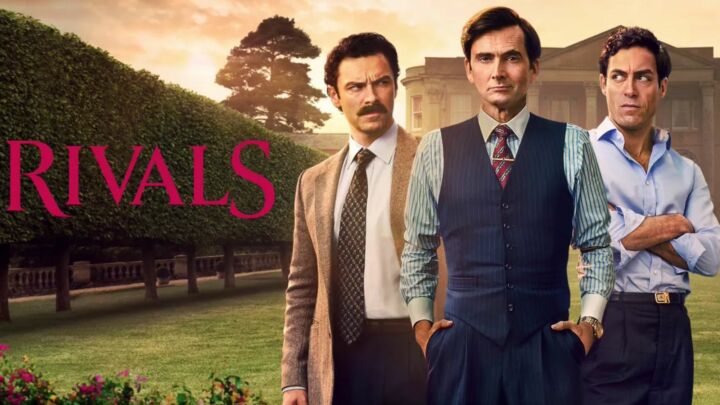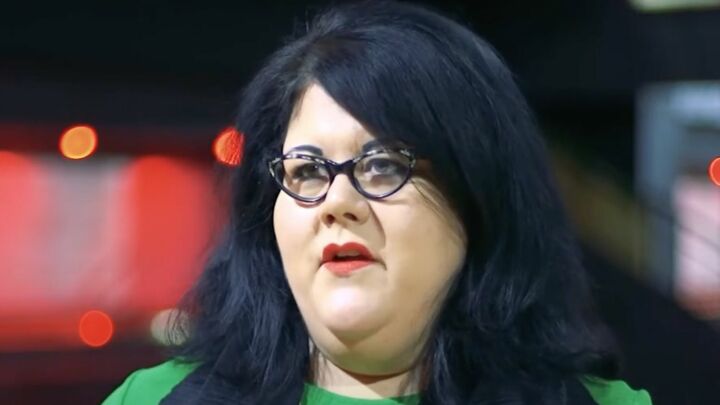Theatre cannot survive social distancing
We cannot follow the ‘two-metre rule’ forever.

Want to read spiked ad-free? Become a spiked supporter.
As someone who would have rather pretentiously called himself a theatre critic before the pandemic, I was as cheered as anyone to see James Graham on Question Time last week, highlighting the existential peril facing British theatre.
Graham – perhaps Britain’s most popular living playwright – was right to say that theatre makes a massive contribution to our economy and quality of life. He may well have been right, too, to call for an arts-industry bailout (it would certainly be in step with the Treasury’s current ‘smile and splurge’ strategy). But why didn’t he mention that other looming threat to British theatre? Enforced social distancing.
Take Graham’s claim that theatres would only be able to operate at 20 per cent of their normal capacity. This is based on the assumption that theatres would always have to enforce the so-called two-metre rule (thus leaving most seats empty) in order to uphold social distancing. But why the religious adherence to this ‘rule’ in the first place?
I should say that I am no corona conspiracist. There is clearly strong scientific evidence that reducing proximity helps eliminate new transmissions. But there is nothing scientific about blindly applying ‘two metres’ as a blanket rule in every specific situation. And certainly not for the indefinite future.
We already know, for example, that the risk of transmission is massively reduced outdoors. But even there the government insists on two metres so as to be ‘better safe than sorry’. Very well, you might say, but theatre is an indoor activity, and a concentrated one at that. What is the case for relaxing the rule here?
Well for a start, isn’t the value of the two-metre rule affected by density of infections in the first place? When the rate of new infections has fallen to minuscule levels (as it has in London), should we really be expected to maintain the rule in all cases?
How about when the government’s track-and-trace scheme is up and running, successfully removing infected people from the network of potential transmissions? Should the guidance still apply then? Surely the importance of two metres declines as the risk of infection does.
This isn’t to say that packing out the stalls in the West End is necessarily the wisest thing to do right now, but there will come a point when the downsides to keeping theatres shut outweigh the risks of the virus itself. And while the James Grahams and Sonia Friedmans of this world are right to highlight the plight of theatres, I have yet to hear them making that argument.
Take public transport, for example. Even with the glacial pace of Boris Johnson’s lockdown glasnost, we will soon reach the stage at which more people than not have returned to work in London – most of them taking public transport. We may still try to reduce crowding, but we will have to face the fact that maintaining the two-metre rule – at all times – will be impossible. Why should theatre be treated differently?
I suspect theatre bosses would run a mile from comparing themselves to essential services like public transport and the NHS right now. Yet they have never shied from calling themselves economically essential in the past (particularly when making the case for government support). I agreed with them then, and I would agree with them now: theatres are too important to be closed forever.
In any case, they can always apply some social-distancing measures. Theatres already discriminate massively on age. For example, if you are under 25 living in a deprived London borough, some theatres will practically pay you to turn up. So why not have a system which takes account of this vital risk factor? You could have under-40s packed like sardines in the stalls, while those who prefer social distancing sit in the circles.
Then there are all the tiny pub theatres dotted around London. Given their focus on more fringe content, they tend to attract a younger audience than the West End in the first place. They also rarely seat more than 50 people at a time, making them less epidemiologically significant. If coronavirus infections continue to decline as they have done so far, why can’t the likes of the Finborough and Old Red Lion open this summer?
Sadly, though, much of the industry doesn’t expect to open until November at the earliest. And even then, they may have a big problem. With polls indicating that a depressing number of Britons would happily stay indoors and wait for a vaccine, it may be that many punters will be too scared to go out anyway.
After months of corona hysteria – largely predicated on the discredited prediction that the virus will kill some half-a-million Brits – convincing people to return to the theatres may well be an uphill battle, even for theatre superstars like James Graham.
My only advice – and this applies to any situation as we come out of lockdown – is to keep the risks in proportion. All things being well, you will have less risk catching a lethal dose of coronavirus in a West End theatre in November than you will being struck by another falling ceiling. As we say in the industry: break a leg.
Robert Jackman is a critic and writer with the Spectator.
Celebrate 25 years of spiked!
A media ecosystem dominated by a handful of billionaire owners, bad actors spreading disinformation online and the rich and powerful trying to stop us publishing stories. But we have you on our side. help to fund our journalism and those who choose All-access digital enjoy exclusive extras:
- Unlimited articles in our app and ad-free reading on all devices
- Exclusive newsletter and far fewer asks for support
- Full access to the Guardian Feast app
If you can, please support us on a monthly basis and make a big impact in support of open, independent journalism. Thank you.






Comments
Want to join the conversation?
Only spiked supporters and patrons, who donate regularly to us, can comment on our articles.